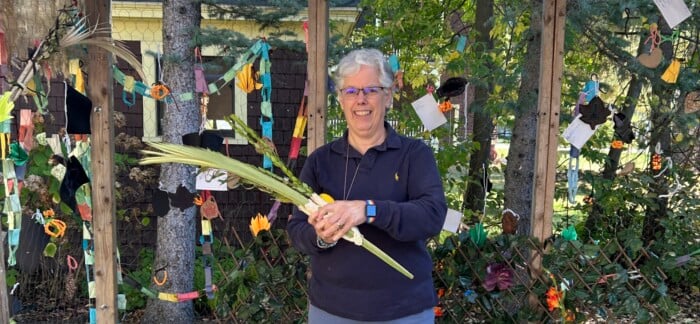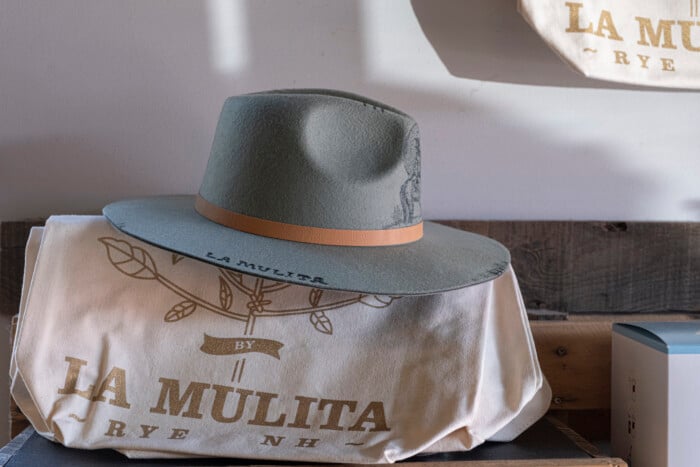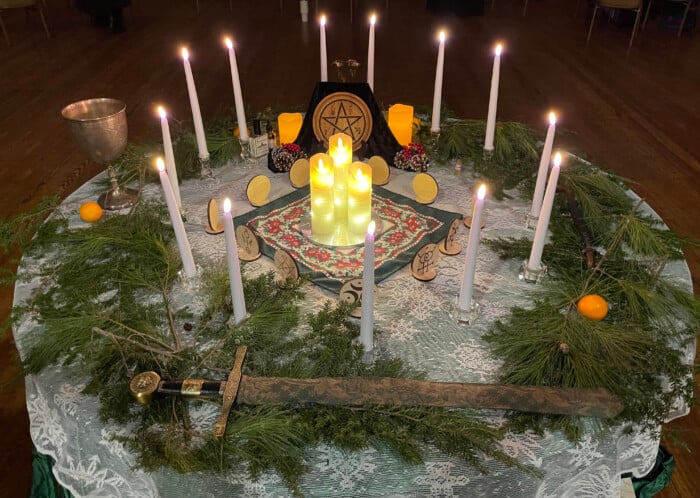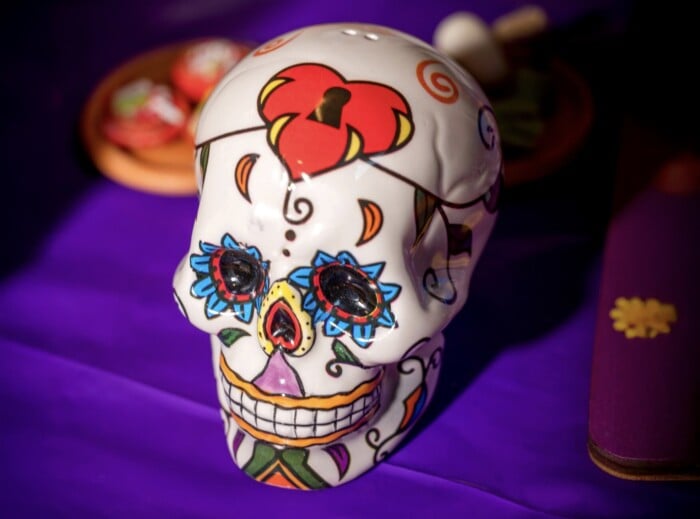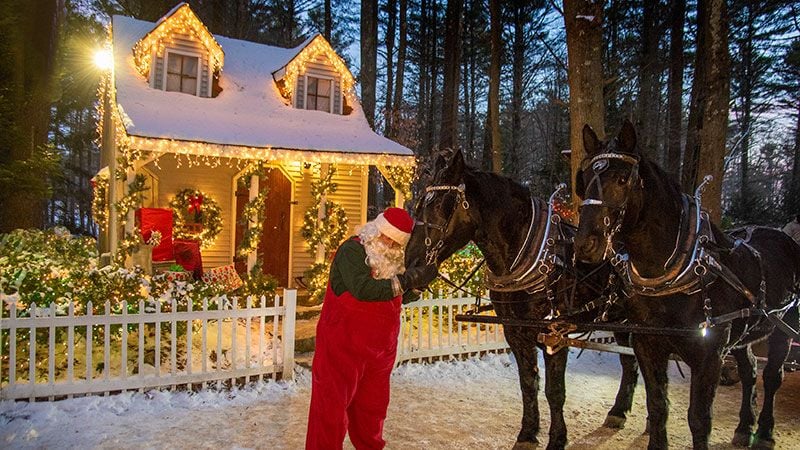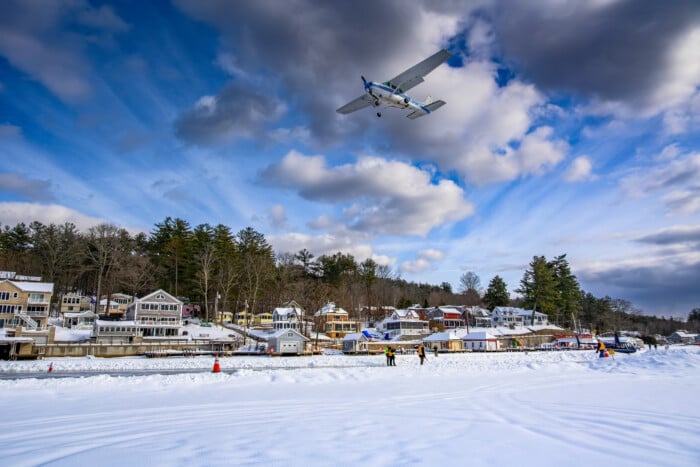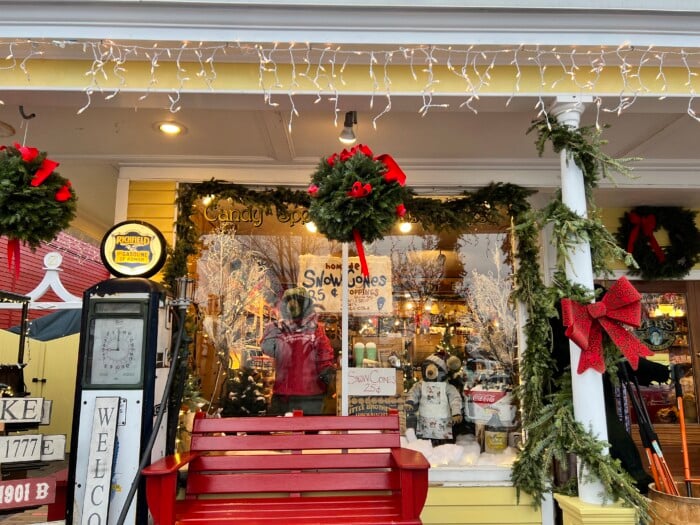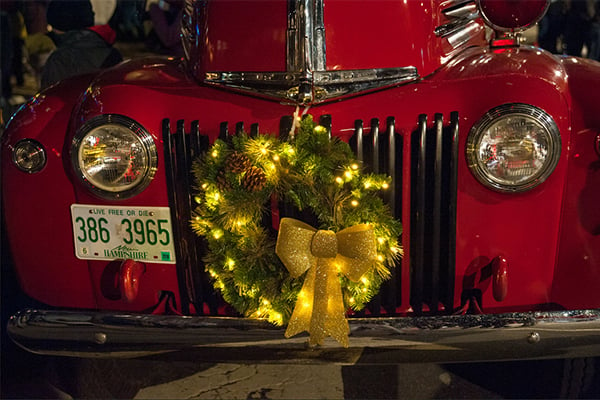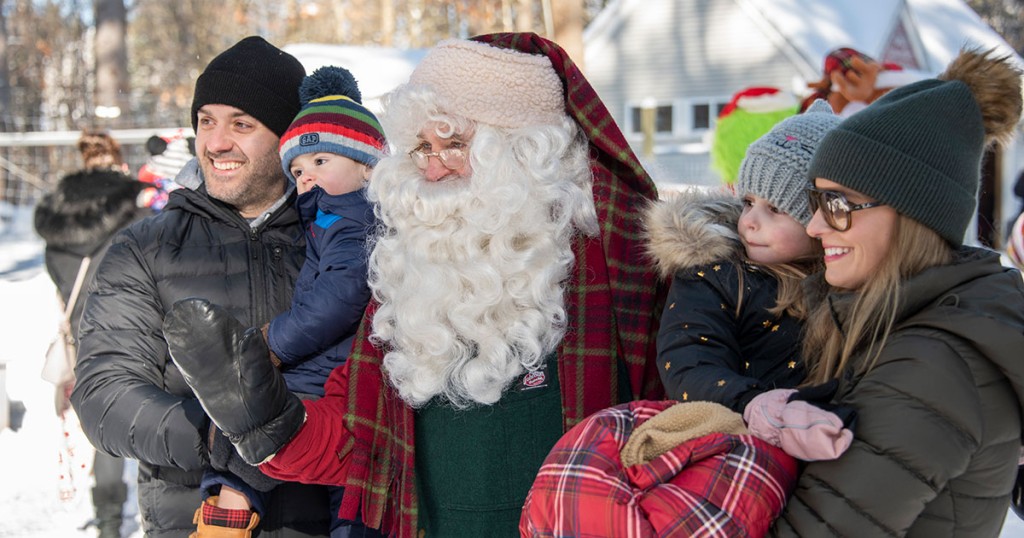The Beauty of Birch
Indigenous people make art, tools and transportation with versatile birch bark
For generations, including before the pre-colonial era, tribes in New England like the Abenaki, Pennacook, Cowasuck, Passamaquoddy and Penobscot depended on the paper birch tree.
The deciduous birch, New Hampshire’s state tree, is a “pioneer” tree, one of the first to sprout after land has been cleared of vegetation or after a brush fire wipes the slate clean. The birch’s silvery white bark, scored with horizontal light pink scars, can be found throughout much of the state. A compound in the bark called botulin is known to protect the tree from harsh conditions.
For centuries, birch bark has been renowned by Indigenous people for its strength, flexibility and versatility. They used it daily making tools; wigwams, or homes; for crafts; for telling stories; for moose calls; for traveling on waterways and even cooking (birch sap makes good syrup). Birch bark baskets make collecting and carrying wild berries less difficult. Mothers and caregivers used the bark to assist during childbirth, since they believe it has sanitary and medicinal qualities.
Bill Gould of Warner is a citizen of the Nulhegan Tribe, which is recognized by Vermont.
“There is no path in New Hampshire law for tribes to be recognized. Hopefully this will change in the future, as historically New Hampshire and Vermont were traditional Abenaki homelands,” he says.
Gould says any Indigenous tribe in North America with access to birch trees used birch bark, referencing knowledge passed down from elders.

Bill Gould’s birch bark canoe. (Courtesy photo)
Gould is constructing his fourth birch bark canoe, having learned the craft through research and direction from tribal members. He says they were made as far back as the 1500s, declining around the early 1900s as canvas canoes became cheaper to make.
“It was all handed down because it was a main form of transportation. Navigating these waterways was the quickest way to get anywhere and transport goods and furs,” he says.
Gould cites birch bark sturdiness and elastic properties as ideal for making canoes.
“It’s very strong, lightweight and durable. It’s pretty much the only boat that’s built from the outside in,” Gould says.
According to tradition, single pieces of birch bark are scraped to remove loose pieces, then stitched together using spruce root. Gould uses cedar for the gunwales and planking, while the thwarts are made of hardwood.
He tests it by putting water in the bottom, stopping any leaks using a small patch of bark with just the right mixture of spruce gum and animal fat. Once it’s properly sealed, he takes it out on a pond on his property.
“It’s very strong, it’s flexible. And lasts and lasts and lasts,” says Gould, who has had his work displayed at the Mt. Kearsarge Indian Museum in Warner.
A more unusual Indigenous art form is birch bark biting. The Ojibwe word mazinibaganjigan means “pictures upon the bark,” according to educator, oral historian, writer, dancer and North Dakota Poet Laureate Denise Lajimodiere, a citizen of the Turtle Mountain Band in Belcourt, North Dakota.
Lajimodiere has practiced the art for years, having learned from a practitioner in Michigan, Kelly Church. Her method of working with birch bark is also steeped in tradition.
In the spring, after performing a ceremony that thanks the birch tree’s spirit, Lajimodiere cuts the bark in a way that doesn’t damage the tree, and presses it flat. She then peels and separates the layers until there’s just one “onion-skin-thin” layer.
The practice is similar to making a paper snowflake: The thin bark is folded several times, then the practitioner thinks about an image — something from nature. Lajimodiere often likes to imagine a dragonfly soaring through the air, for example.
Using her sharp eyeteeth, or canines, she makes indentations, “biting” an image into the folded bark, turning it as she goes. Since it’s created using the mouth, it’s impossible to see what it will look like until it’s complete.
“I can just see it in the darkness of my brain,” Lajimodiere says.
After the bark is unfolded, the tiny pinpointed imprints reveal a whimsical, symmetrical pattern that is illuminated once it’s held up to the light.

Birch Bark Bite designs created by Denise Lajimodiere.
(Courtesy photo)
“That’s what’s cool about the biting. You don’t have to do anything, just bite it and open it up and, ‘Oh, there’s a star. There’s a flower.’ It’s really cool,” Lajimodiere says.
Denise Pouliot of Alton is an educator and head female speaker for the Cowasuck band of the Pennacook Abenaki people. Pouliot makes educational toys from birch bark as well as birch bark etchings and baskets using sweetgrass, black ash and birch bark.
“Birch bark was interwoven into our common practices and everyday lifestyle. It was really a tree that we’ve depended upon,” Pouliot says.
She says the birch bark’s thickness makes good material for baskets, dishes, bowls and trays. Besides canoes and wigwams and moose calls, birch bark was also used as a fire starter, Pouliot says.
Lajimodiere also agrees, saying oils in the bark makes it waterproof.
“If you’re out in the forest, and you’re in trouble, you can peel the bark off of the birch tree and start a fire, where the other barks will absorb the rain. It’s one of the many properties of birch bark that is quite amazing,” Lajimodiere says. People can also put a water-filled birch bark basket over the coals and cook fruit tree sap, or make tea with powder from the bark.
“Since it’s waterproof, we could bury the baskets that had our dried food in it into the ground. And it was a natural preservative,” Lajimodiere says.

A lined “Makak” used as a food storage container (bread bin). (Photo by Robert Ortiz)
“We use birch bark to build our houses, to store our food. We’d use birch bark to create maps. We would use birch bark to make baskets. It influences every aspect of Indigenous life. It was a food resource as well. I think people underestimate the use of birch within our culture. The tree has a lot to give,” Pouliot says.
Lajimodiere, who calls the birch a “medicine tree,” says its bark has a harmless, tasteless powder that she notices when biting it and says peeling the bark is calming and relaxing.
“When we do our beadwork, every bead is a prayer. So, when I do my birch bark biting, I am in a good way, spiritually and mentally peaceful. Then that that goes into our work. It’s a very peaceful, meditative type of work. I could peel for days and days. I love peeling,” Lajimodiere says.
Other uses include sacred scrolls documenting special ceremonies, or as maps.
“If you came to the reservation here, I would bite you a map of how to get to my house,” says Lajimodiere, noting that it’s a “pre-contact” art, in use before Europeans came to North America. It’s also used as patterns for beadwork, and people have lately begun to add beads to their bitten creations.
For years, the art of birch bark biting seemed lost to time. Lajimodiere attributes the waning number of practitioners to “the boarding school era,” when parents and grandparents who attended boarding school as children were not allowed to practice ceremonies and crafts related to their culture.
“So many of this was forced to be put aside from forced assimilation. Now it’s coming back very strong,” Lajimodiere says.
Practitioners caution others not to remove bark from birch trees unless skilled in the process, but they are more than happy to teach others how to make crafts and artwork from the tree.
“I will give back to anybody wants to learn. It’s mostly done by women. But I’ve taught men also and teach anybody that’s interested in” birch bark biting, Lajimodiere says.
“The Passamaquoddy and the Penobscot seem to be building more canoes. Our tribe has gained an interest in it again, trying to pick it up again and learn it,” Gould says.
Gould is also doing what he can to keep the craft alive. He and his wife, Sherry, work often with the NH State Council on the Arts to pass on their knowledge to others. He’s working on an apprenticeship with the council to teach others how to make canoes for the first time. His grandson is helping as well.
“This year he’s taken an interest in it, so I’m hoping he’ll learn it and stick with it,” Gould said, “And then he can teach his kids.”
This article is featured in the spring-summer 2024 issue of 603 Diversity.
603 Diversity’s mission is to educate readers of all backgrounds about the exciting accomplishments and cultural contributions of the state’s diverse communities, as well as the challenges faced and support needed by those communities to continue to grow and thrive in the Granite State.


